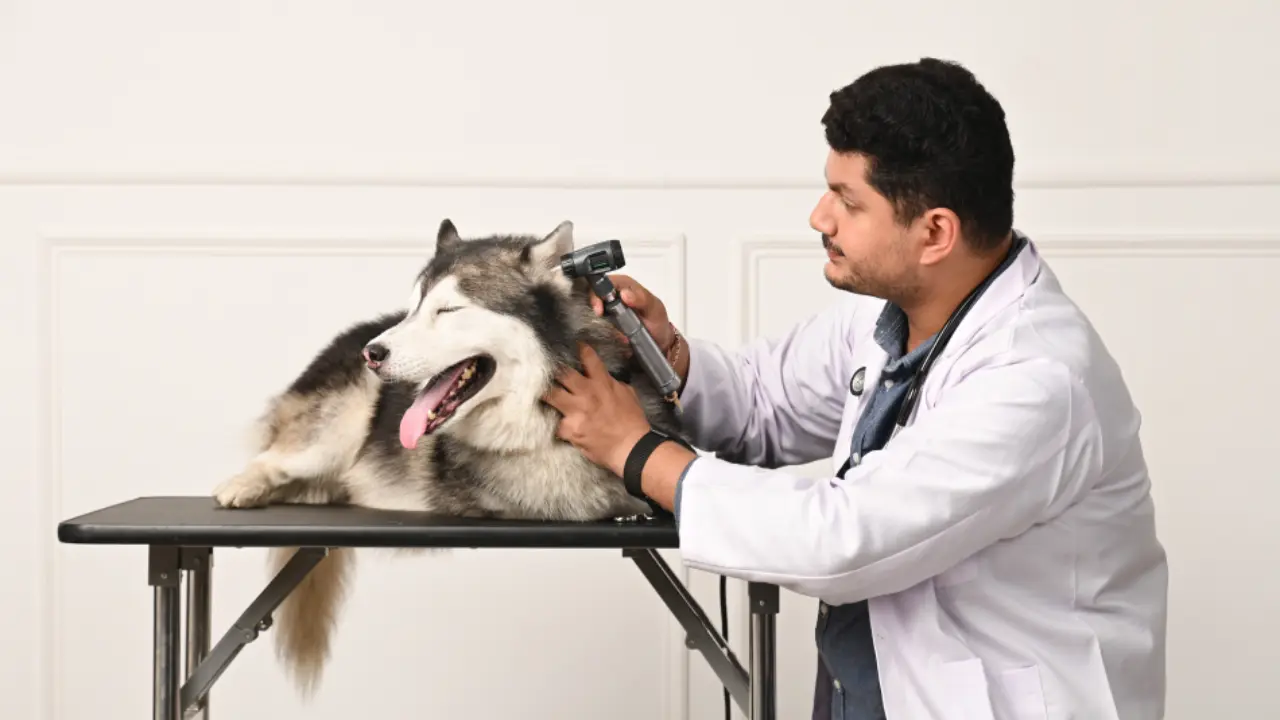The winter season can be harsh on your pet’s skin, leading to dryness, irritation, and other problems. Implementing proper care and maintenance is essential to keep their skin healthy and comfortable. This article will explore How To Care for Your Pet’s Skin During the Winter Season and Impact of Winter on Pet Skin.
Understanding the Impact of Winter on Pet Skin
Winter weather conditions can have several effects on your pet’s skin:
- Dryness: Cold air and low humidity can cause dryness, leading to flaky and itchy skin.
- Indoor Heating: Artificial heating indoors can further strip the air of moisture, exacerbating dryness.
- Reduced Moisture Barrier: The skin’s natural moisture barrier may weaken in winter, making it more susceptible to irritation and infections.
Maintaining a Healthy and Moisturized Skin
To keep your pet’s skin healthy and moisturized during winter, consider the following:
- Adjusting Bathing Frequency: Reduce the frequency of baths during winter, as excessive bathing can strip away natural oils. Instead, opt for spot cleaning as needed.
- Using Pet-Safe Moisturizers: Apply pet-safe moisturizers or skin conditioners recommended by your veterinarian. These products help hydrate the skin and alleviate dryness.
Protecting Skin from Dry Air and Indoor Heating
Protect your pet’s skin from the dry air and artificial heating indoors:
- Humidifying the Environment: Use a humidifier to add moisture to the atmosphere. This helps combat dryness and maintain a more comfortable environment for your pet.
- Avoiding Excessive Heat Exposure: While keeping your pet warm is essential, excessive exposure to direct heat sources can further dry out the skin. Ensure a comfortable and moderate temperature in your home.
Nutrition and Hydration for Healthy Skin
Proper nutrition and hydration are crucial for maintaining healthy skin:
- Providing a Balanced Diet: Feed your pet a balanced, high-quality diet supporting skin health. Consult with your veterinarian for specific dietary recommendations.
- Ensuring Ample Water Intake: Encourage your pet to drink sufficient water. Staying hydrated helps maintain skin moisture from within.
Regular Grooming Practices for Skin Health
Regular grooming practices contribute to your pet’s skin health:
- Brushing and Removing Loose Fur: Regular brushing helps remove loose fur and stimulates the skin’s natural oils, promoting a healthier coat and skin.
- Inspecting for Skin Issues: During grooming sessions, examine your pet’s skin for any dryness, irritation, or abnormalities. Early detection allows for timely intervention.
Identifying and Addressing Common Winter Skin Problems
Be aware of common winter skin problems and take appropriate measures:
- Dry Skin and Flakiness: If you notice your pet’s skin becoming dry or flaky, adjust grooming practices, moisturize the skin, and consult with your veterinarian if the issue persists.
- Hot Spots and Irritation: Dry skin can lead to itching and hot spots. Monitor for excessive scratching or licking and promptly address the underlying cause.
- Cracked Paw Pads: Cold surfaces and de-icing agents can cause cracks in your pet’s paw pads. Protect their paws with booties and apply paw balms to moisturize the places.
Seeking Veterinary Care When Necessary
If your pet’s skin issues worsen or persist despite your efforts, consult a veterinarian. They can diagnose properly, prescribe medications if needed, and offer specific guidance for your pet’s skincare.
Conclusion
Caring for your pet’s skin during winter is essential to ensure their comfort and well-being. By adjusting bathing frequency, using moisturizers, protecting their skin from dry air, providing a balanced diet, and practicing regular grooming, you can help maintain healthy skin. Monitor for any skin problems and seek veterinary care when necessary. With proper care, your pet can enjoy a winter season with a healthy and radiant coat.





